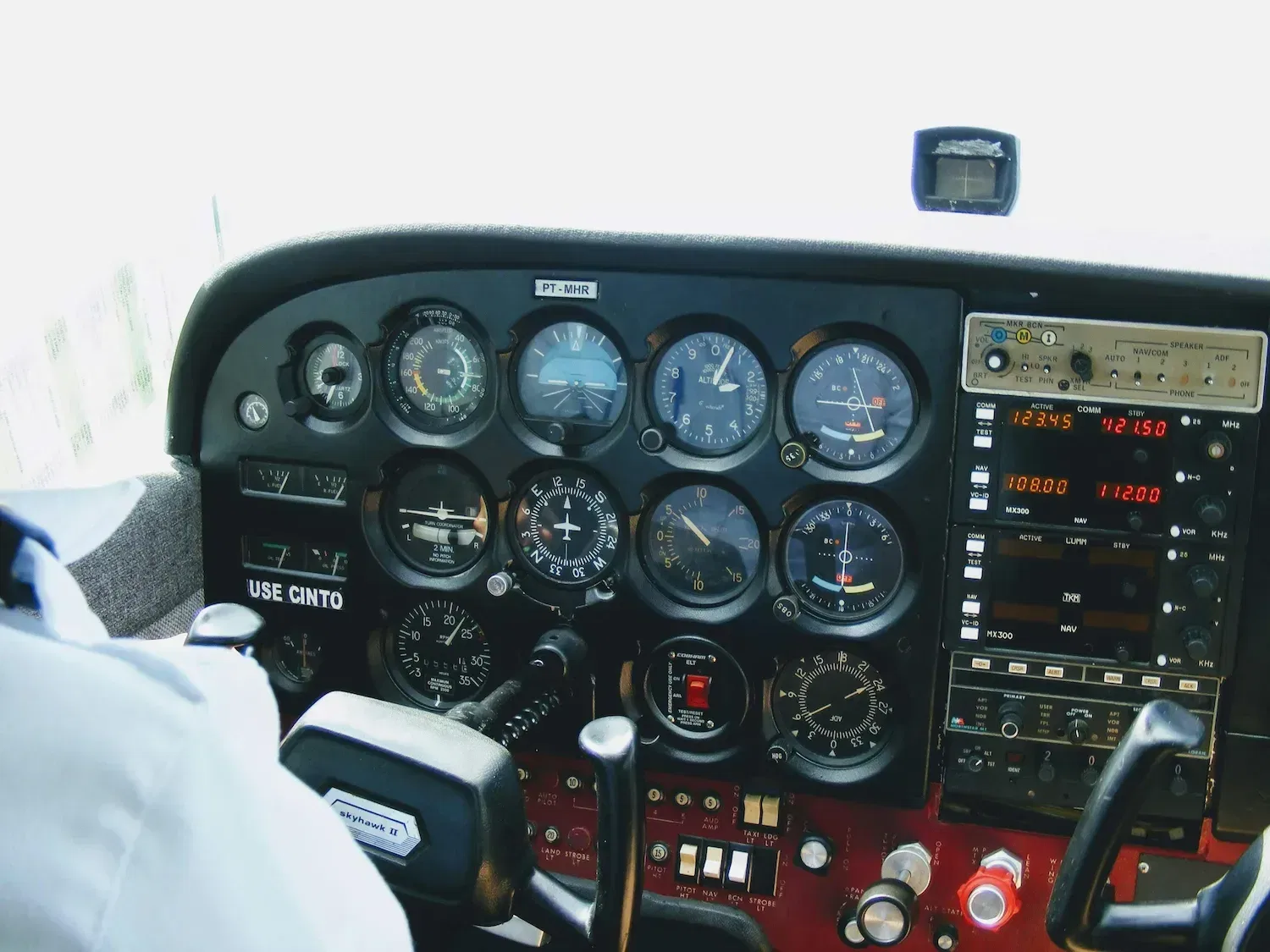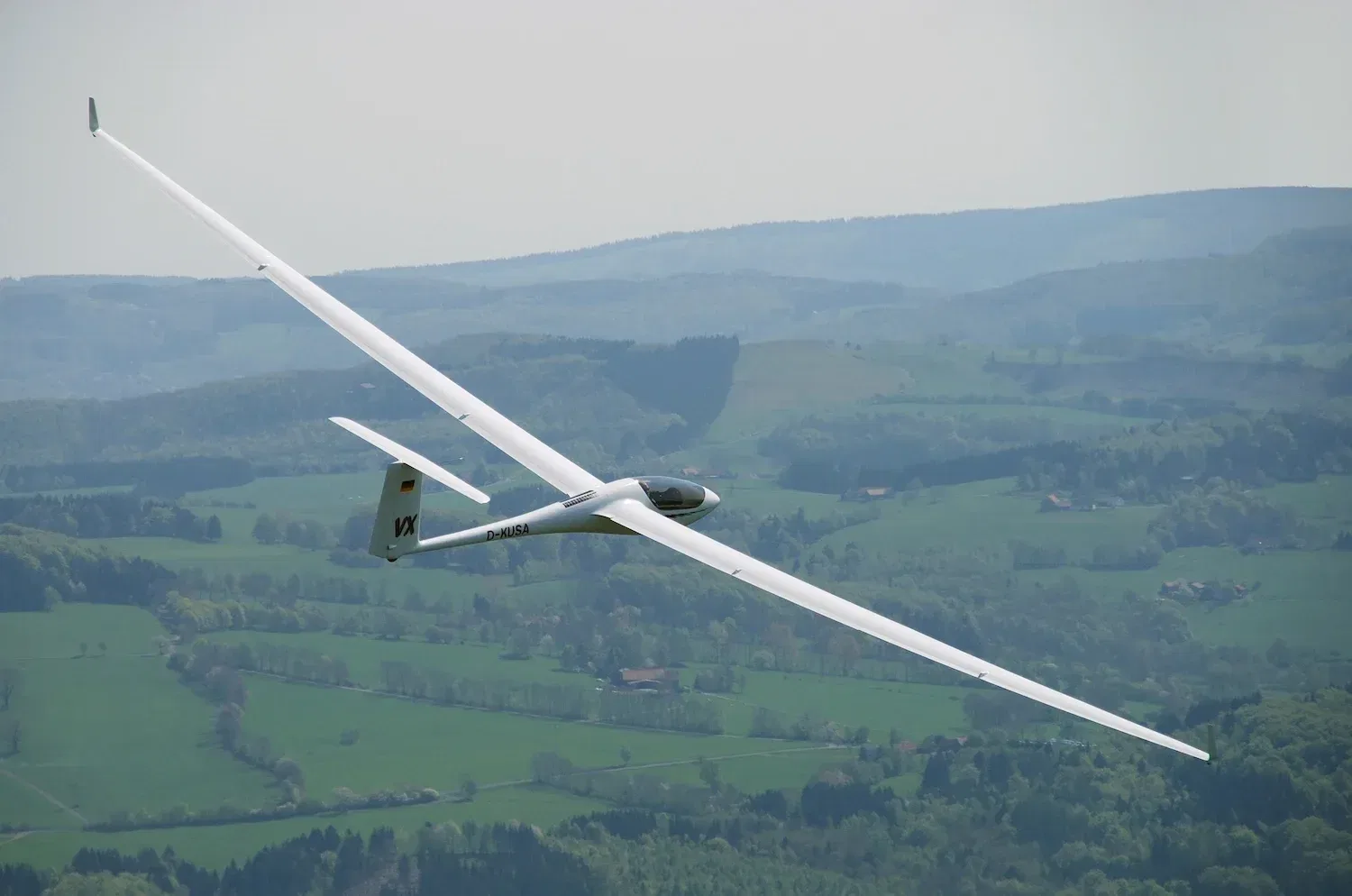Types of Motors Used in RC Airplane Building

A Practical Guide to Selecting the Right Motor Based on Aircraft Size, Power, and Control
RC airplanes rely on different types of motors for propulsion depending on their size, purpose, and power requirements. Whether you're building a micro indoor flyer or a large-scale gasoline-powered model, understanding motor types is essential. This guide covers the most commonly used motors in RC aviation, explains how speed is controlled, and outlines which aircraft types each motor suits best. It also provides real-world motor examples with performance data.
1. Micro / Mini Brushed Motors
Overview:
These are very small brushed DC motors commonly used in ultra-lightweight models, typically under 100 grams. They are found in indoor flyers, small gliders, and educational models.
How Speed is Controlled:
Speed is managed by simple brushed ESCs or even transistor-based circuits. These motors usually run on single-cell (1S) 3.7V LiPo batteries.
Best Fit For:
- Indoor micro planes
- Lightweight foam gliders
- Experimental paper or actuator-based models
Limitations:
- Limited thrust (usually less than 30g)
- Not suitable for heavy propellers
- Short lifespan due to brush wear
Example:
Motor: 6x15mm Coreless Brushed Motor
- Max Thrust: ~30g
- Max Current: ~1.5A
- Voltage: 3.7V (1S LiPo)
- Weight: ~2g

2. Standard Brushed DC Motors
Overview:
Brushed motors use physical brushes and a commutator to transfer current to the rotating coil. They are simple, low-cost, and suitable for beginners.
How Speed is Controlled:
Speed is controlled using a brushed ESC that regulates the voltage applied to the motor.
Best Fit For:
- Small park flyers
- Entry-level RC kits
- Models under 500 grams
Limitations:
- Low efficiency
- Can overheat under load
- Brushes wear out with time
Example:
Motor: Mabuchi 540 Brushed DC Motor
- Max Thrust: ~350–400g
- Max Current: ~12A
- Voltage: 6–9V
- Battery: 2S LiPo or 6-cell NiMH

3. Brushless DC Motors – Out-runners
Overview:
Out-runner motors spin the outer casing around a fixed internal core. They are known for delivering high torque at low RPM and are the most common electric motors in RC planes today.
How Speed is Controlled:
A brushless ESC electronically commutates the motor, allowing for precise speed control. Features such as timing, braking, and soft start can be configured.
Best Fit For:
- Electric gliders
- Trainers and sport models
- Planes from 500g to 3kg
Limitations:
- Must be paired with a properly rated ESC
- Overheating risk if over-propped
- Requires adequate airflow for cooling
Example:
Motor: E-flite Power 10
- Max Thrust: ~1.3kg
- Max Current: ~35A
- Voltage: 11.1V (3S LiPo)
- Recommended ESC: 40A

4. Brushless Inrunner Motors
Overview:
Inrunner motors have an internal spinning shaft and are optimized for high RPM. Unlike outrunners, they are often used with gearboxes or for direct high-speed applications such as pylon racing or fast sport aircraft.
Speed Control:
Requires a high-frequency brushless ESC. Not typically used with large props unless geared.
Best Fit For:
- Pylon racers
- Ducted fan systems (when not integrated in EDF units)
- Aircraft from 300g to 2kg in high-speed setups
Limitations:
- Lower torque than outrunners
- Not ideal for large-diameter props
- Requires precise cooling and setup
Example:
Motor: NeuMotor 1105/3Y 3400KV
- Max Thrust: ~750g (with 4.75×4.75 prop)
- Max Current: ~28A
- Voltage: 7.4V (2S LiPo)
- Use Case: Pylon racing or geared performance setups

5. Nitro (Glow Fuel) Engines
Overview:
These are internal combustion engines that use methanol-based glow fuel. They are popular among scale and aerobatic enthusiasts for their realistic engine sound and high endurance.
How Speed is Controlled:
Throttle is controlled by a servo that adjusts the carburetor to regulate fuel-air intake.
Best Fit For:
- Aircraft between 1kg and 6kg
- Aerobatic models
- Scale warbirds
Limitations:
- Requires regular tuning and maintenance
- Generates oily exhaust
- Noisy and unsuitable for indoor use
Example:
Engine: OS MAX 46AX II
- Displacement: 7.45cc
- Max Thrust: ~3.5kg
- RPM: Up to 16,000
- Fuel: Glow fuel with 10–20% nitro
- Weight: ~400g

6. Gasoline Engines
Overview:
Larger internal combustion engines that operate on regular gasoline mixed with 2-stroke oil. These engines are efficient and provide long flight times for heavier planes.
How Speed is Controlled:
Throttle is controlled mechanically using a servo linked to the carburetor.
Best Fit For:
- Large aircraft over 5kg
- Tow planes
- Long-endurance missions
Limitations:
- Heavier than nitro or electric systems
- Requires ignition system and reliable mounting
- Generates significant vibration
Example:
Engine: DLE-20RA
- Displacement: 20cc
- Max Thrust: ~6.0kg
- RPM: 1,700 to 9,000
- Fuel: Gasoline + 2-stroke oil
- Weight: ~850g

7. EDF (Electric Ducted Fan) Units
Overview:
EDF systems use an inrunner motor to spin a multi-blade fan inside a duct, creating jet-like propulsion. They are used in electric jet aircraft and scale replicas.
How Speed is Controlled:
Controlled by a high-performance brushless ESC capable of handling high RPM and current draw, typically powered by 4S or 6S LiPo batteries.
Best Fit For:
- Electric RC jets
- Military scale foam aircraft
- Planes weighing 500g to 3kg
Limitations:
- Lower efficiency than propellers
- High current consumption
- Shorter flight times
Example:
Motor/Fan: FMS 64mm EDF with 2840-3900KV Motor
- Max Thrust: ~1.1kg
- Max Current: ~40A
- Voltage: 14.8V (4S LiPo)
- Recommended ESC: 50A

Conclusion
Selecting the right motor is a fundamental step in designing or modifying an RC airplane. Each type of motor has its own strengths and limitations based on aircraft size, performance needs, and user experience level. Brushed motors are ideal for basic or indoor flying, while brushless motors dominate modern electric flight. Nitro and gasoline engines provide realistic sound and long-range endurance for advanced users. EDF units are essential for jet-style aircraft and offer thrilling high-speed performance.





